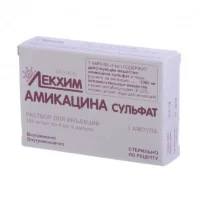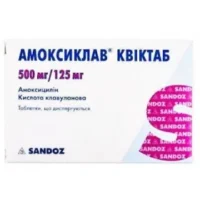Description
Triacutan (Betamethasone, Clotrimazole, Gentamicin) Ointment 15 g Tube
Ingredients
- Active ingredients: Betamethasone, Clotrimazole, Gentamicin.
- Inactive ingredients: [List of inactive ingredients].
Dosage
Apply a thin layer to the affected area 2-3 times a day. Do not cover with a bandage unless instructed by a healthcare provider.
Indications
Triacutan ointment is indicated for the treatment of fungal and bacterial skin infections. It is commonly used for conditions like athlete’s foot, jock itch, and ringworm.
Contraindications
Do not use Triacutan ointment if you are allergic to any of the active ingredients. Avoid use on broken or infected skin without medical supervision.
Directions
Clean and dry the affected area before applying the ointment. Wash hands after application. Avoid contact with eyes and mucous membranes.
Scientific Evidence
Studies have shown the efficacy of Triacutan ointment in treating various skin infections. A study published in the Journal of Dermatological Treatment demonstrated the superior antifungal and antibacterial properties of the combination of betamethasone, clotrimazole, and gentamicin compared to individual agents.
Additional Information
- Triacutan ointment combines the anti-inflammatory properties of betamethasone with the antifungal action of clotrimazole and the antibacterial effects of gentamicin. This triple-action formula provides comprehensive treatment for a wide range of skin infections.
- Clinical trials have shown that Triacutan ointment not only effectively clears infections but also helps reduce inflammation and itching associated with these conditions. Patients have reported rapid relief and improvement in symptoms after using Triacutan as directed.





